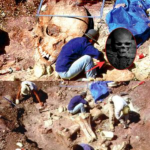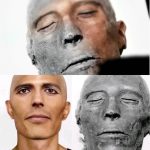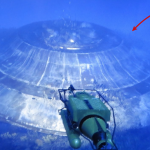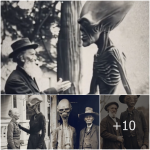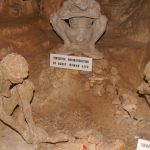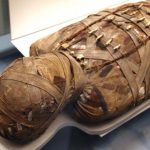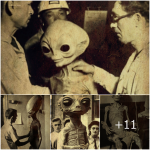Easter Island’s Rapa Nui: UNESCO World Heritage Monoliths
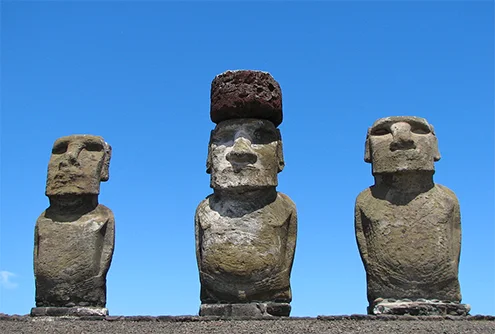
In the vast expanse of the Pacific Ocean lies a remote island shrouded in mystery and intrigue—the enigmatic Rapa Nui, known to the world as Easter Island. Amidst the rugged terrain and windswept shores of this remote outpost, stand the silent sentinels of a bygone era—the monumental moai, towering stone figures that bear witness to the island’s rich and complex history.
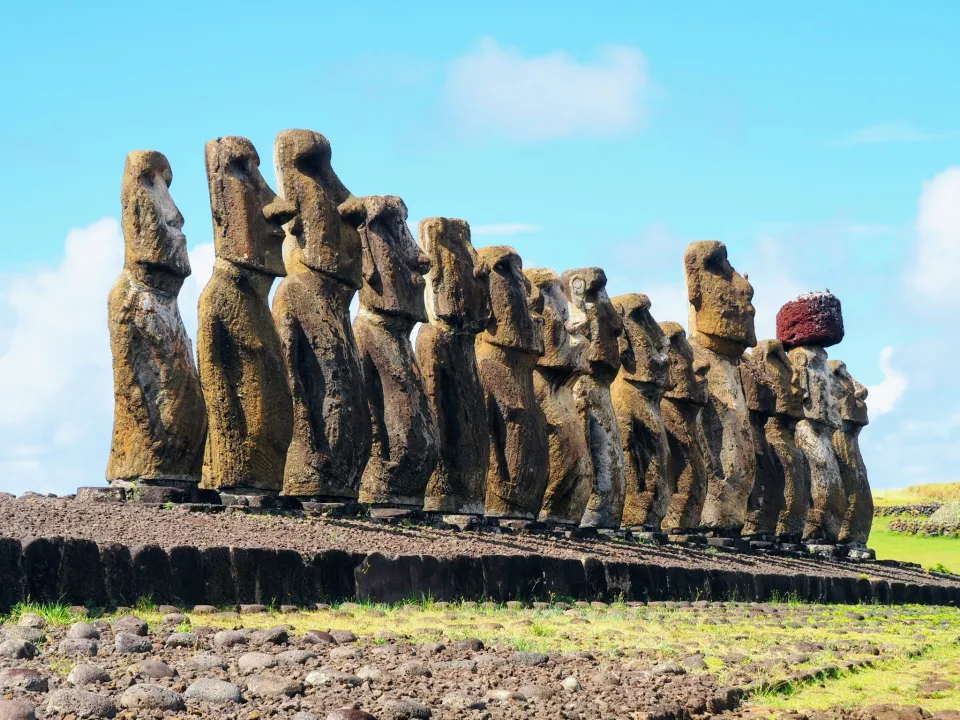
Protected as UNESCO World Heritage, the moai of Rapa Nui are among the most iconic and enigmatic artifacts of the medieval period. Carved from the island’s volcanic rock, these imposing statues stand as a testament to the ingenuity and craftsmanship of the indigenous Rapa Nui people, who inhabited the island centuries ago.

The quarrying and carving of the moai took place over a span of nearly six centuries, from approximately 1100 to 1680 CE. This timeline is derived from a combination of oral tradition passed down through generations and the findings of modern scientific techniques such as radiocarbon dating. It speaks to the enduring presence of indigenous communities on the island and their remarkable ability to harness the resources of their environment to create enduring works of art.
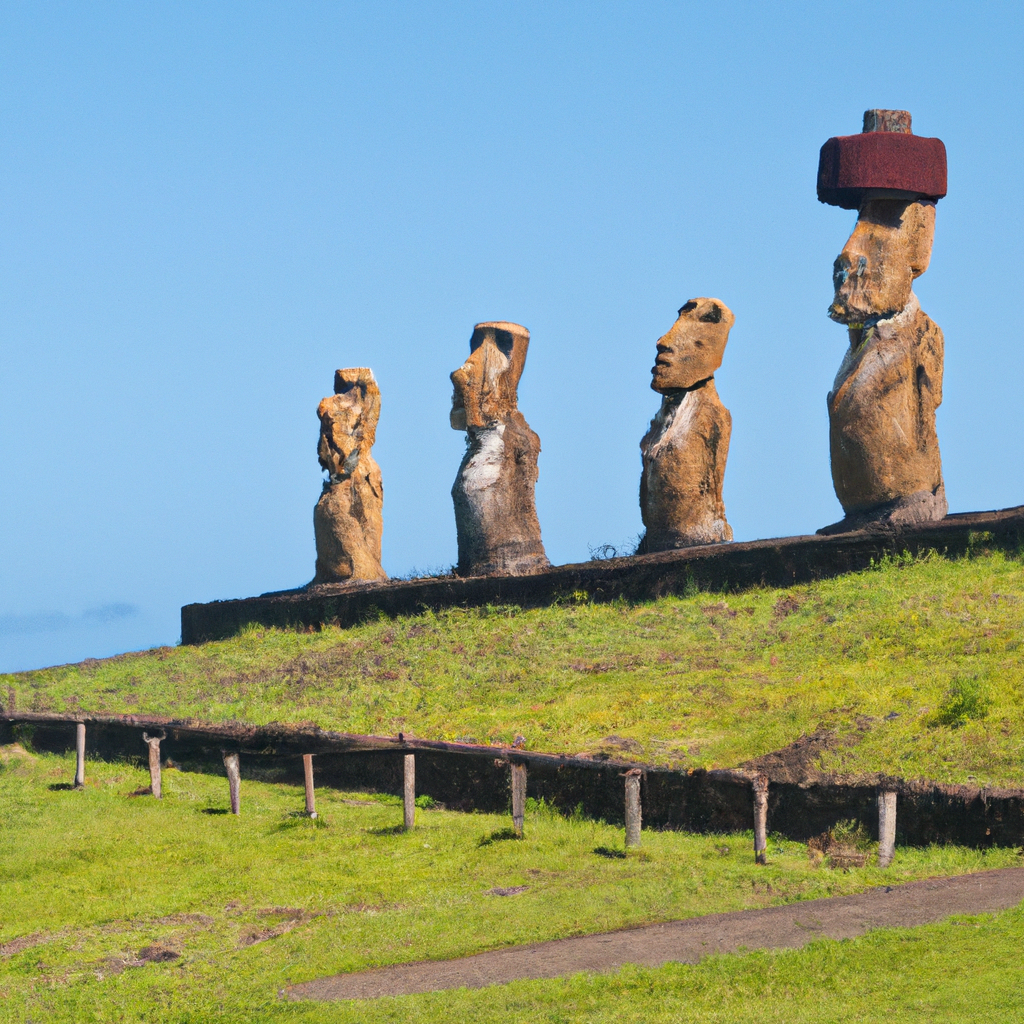
Today, there exist a total of 887 moai scattered across Rapa Nui, each one a unique expression of the island’s cultural and spiritual heritage. However, the legacy of these iconic statues is tinged with the shadows of exploitation and looting. Of the 887 monoliths, only 79 remain in their original locations, while the majority languish in museums around the world, displaced from their native land through acts of plunder and theft.
The story of the moai is a poignant reminder of the complex interplay between culture, heritage, and the forces of colonization. As European explorers and settlers arrived on Easter Island in the 18th century, they were met with a landscape dotted with these silent giants, their origins and purpose shrouded in myth and legend. Yet, rather than seeking to understand and preserve the cultural legacy of the Rapa Nui people, many outsiders viewed the moai as little more than curiosities to be plundered and removed from their rightful home.
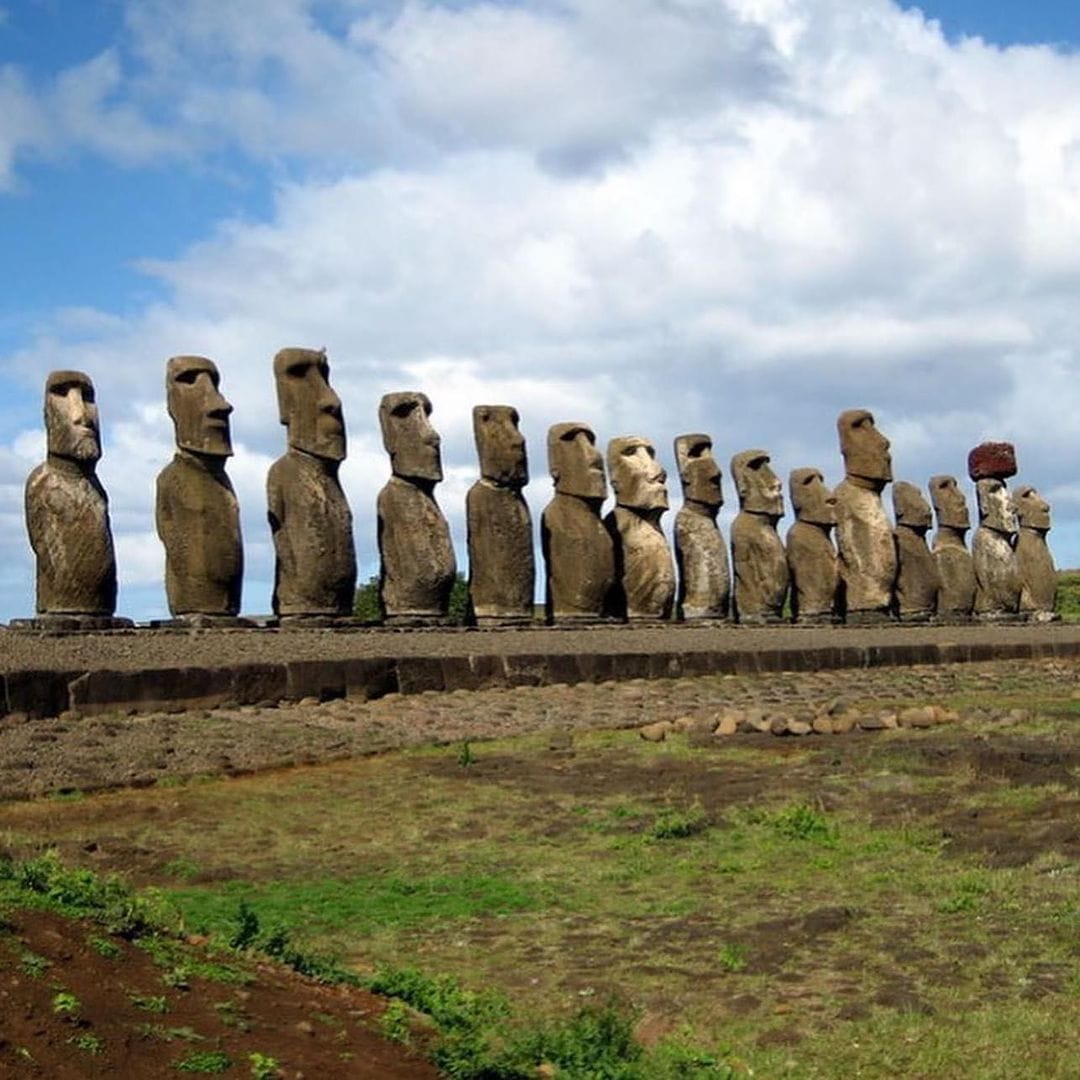
Despite the challenges and adversities they have faced, the moai of Rapa Nui endure as symbols of resilience and cultural pride. Efforts are underway to repatriate stolen statues and preserve those that remain on the island, ensuring that future generations will continue to marvel at their majesty and significance.
As we reflect on the legacy of the moai, we are reminded of the importance of respecting and protecting the cultural heritage of indigenous communities around the world. The story of Rapa Nui’s silent sentinels serves as a poignant reminder of the need to uphold the principles of cultural preservation and restitution, lest we risk losing touch with the rich tapestry of human history and identity.
